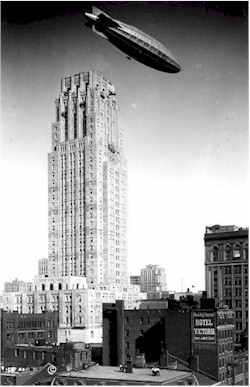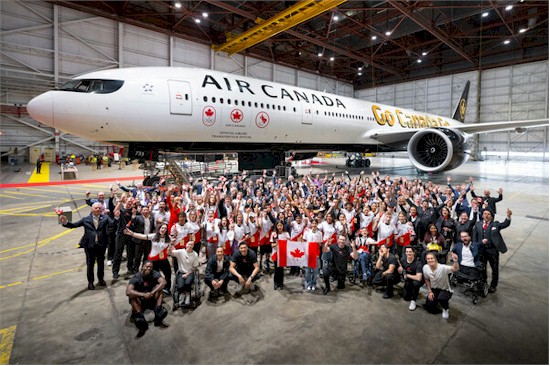 |
|
Air Canada has renewed its partnership as the Official Airline of Team Canada.
The new agreement, showcasing the airline's deep passion for sport and commitment to sharing the best of Canada with the world, extends through the 2030 Olympic and Paralympic Winter Games and includes Paris 2024.
Adding to the excitement, Air Canada also unveiled at an event in Toronto a Boeing 777 with a special livery to transport Team Canada Olympians and Paralympians, coaches and support staff to and from the Games.
Source: Air Canada Media Centre
Click the image below to view the video posted on the Air Canada YouTube channel.
|
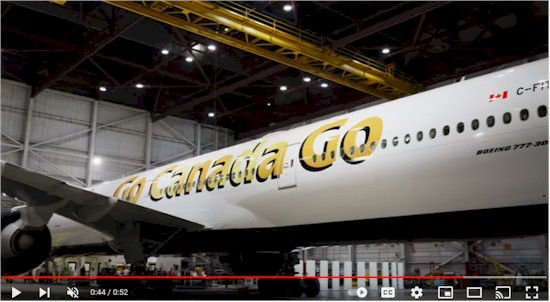 |
 for the latest posts at the Air Canada Media Centre. for the latest posts at the Air Canada Media Centre. |
 Click the logo to open the Air Canada YouTube channel. Click the logo to open the Air Canada YouTube channel. |
|
|
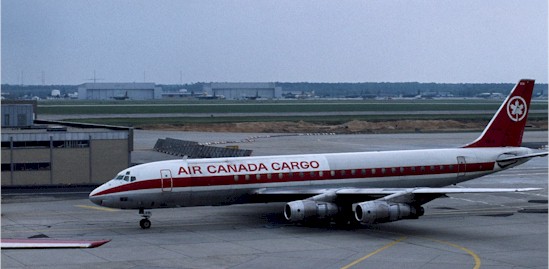 |
|
CF-TJR (fin #818) at Frankfurt May 24, 1980
Photo courtesy of Jan Buisman
|
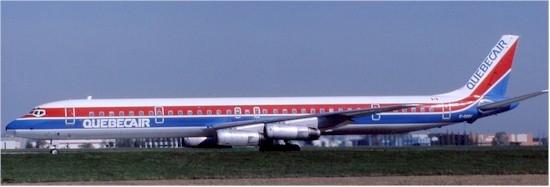 |
|
C-GQBF - Paris May 1985
Photo courtesy of Alain Iger
|
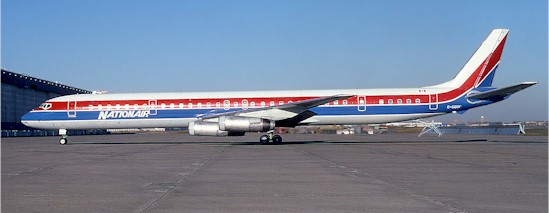 |
|
C-GQBF in transition livery from Quebecair to Nationair livery
Montreal - October 1986 Photo courtesy of Pierre Langlois
|
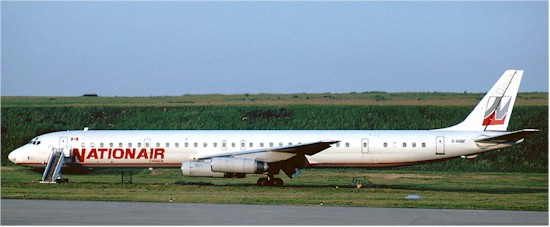 |
|
C-GQBF after repainting in Nationair livery
Paris, France - June 1989
Photo courtesy of Felix Goetting
|
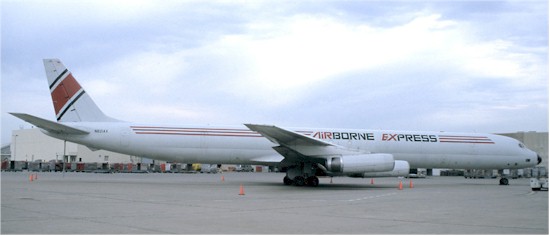 |
|
N821AX (formerly C-GQBF) in its final Airborne Express livery
Minneapolis - St. Paul International - September 2000
Photo courtesy of Felix Goetting
|
|
Canada’s First Air Traffic Control Tower Celebrates 85th Anniversary.
Excerpt from canadianaviator.com
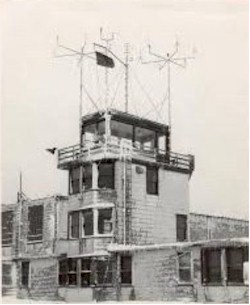 It was in 1939 that the first air traffic control tower was built in Canada, and Nav Canada celebrated its 85th anniversary at the Saint-Hubert airport. It was in 1939 that the first air traffic control tower was built in Canada, and Nav Canada celebrated its 85th anniversary at the Saint-Hubert airport.Within a year of its opening, the tower's workload increased dramatically in 1940 as the airport in the Montreal suburb was made into a military training base to support Canada's Second World War effort.
The airport has marked several milestones over the years, including the hosting of a stopover in 1985 for the Paris to New York air race. Transport Canada had just built and opened a new control tower. In 2004 Transport Canada ownership of the airport was turned over to Développement de l'aéroport Saint-Hubert de Longueuil (DASH-L). Last year Porter Airlines of Toronto announced plans to build a passenger terminal at the airport, and earlier this year DASH-L announced the renaming of the airport to the Montreal Metropolitan Airport, or 'the MET', for short.
|
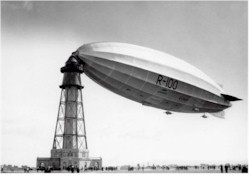 Interestingly, the tower mentioned above was not the first tower built on those grounds. Going back to England in 1926, Canada's then prime minister, William Lyon Mackenzie-King, was attending the Imperial Conference in London. At that time, Britain was proposing an airship service for the British Empire and wanted Canada to contribute an airship base. Interestingly, the tower mentioned above was not the first tower built on those grounds. Going back to England in 1926, Canada's then prime minister, William Lyon Mackenzie-King, was attending the Imperial Conference in London. At that time, Britain was proposing an airship service for the British Empire and wanted Canada to contribute an airship base.So, the first tower built on this site was a 208-foot-tall mooring tower, completed in May 1930. It hosted His Majesty's Airship (an R-100 airship) in 1930, at that time the largest airship in the world. This led to the establishment of the country’s first aerodrome at Saint-Hubert to serve nearby Montreal, at that time Canada's largest city.
|
|
The airship stayed in Canada for 13 days, touring various locations in Quebec and Ontario.
Three times longer than a Boeing 747, it could carry 100 passengers in a level of luxury more associated with first class travel on trains and ocean liners of that period.
The photo includes the Canadian Bank of Commerce building in Toronto, tallest building in the British Empire when it opened in 1931 and until 1962 when the Place Ville Marie tower in Montreal took that title as tallest in the Commonwealth for some years.
More on that Toronto building here:
|
|
Extracted from Newsletter #18 of the Quebec Aerospace Museum.
After a journey of 79 hours over the Atlantic, it was on August 1, 1930 that the British airship R-100 reached its mooring at Saint-Hubert airport. The mast was specially built for the occasion by Canadian Vickers. Some 40,000 people turn out to see its arrival. But in total, it is said that no fewer than a million curious onlookers came to see the flying behemoth up until August 14 1930. Three thousand of them will also have the opportunity to visit it. A railway station had even been set up on the edge of the airport especially for the occasion and La Bolduc "hits it big" with her song 'Toujours R100'. That's how much excitement there was!
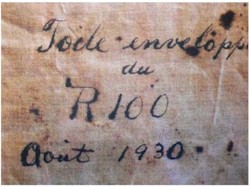 So, to perpetuate the memory of this unforgettable visit, our friends of the Fondation Aérovision Québec created a commemorative wall plaque. The central consists of a piece of canvas from the collection of Dr. Jean-Claude Marcoux. So, to perpetuate the memory of this unforgettable visit, our friends of the Fondation Aérovision Québec created a commemorative wall plaque. The central consists of a piece of canvas from the collection of Dr. Jean-Claude Marcoux.Photo by Philippe Bernard and Pierre Gillard.
|
 We have welcomed 64 new subscribers so far in 2024. We have welcomed 64 new subscribers so far in 2024.We wish to thank everyone for the continuing support of our efforts.
|
 Back issues of The NetLetter are available in both the original newsletter format and downloadable PDF format. Back issues of The NetLetter are available in both the original newsletter format and downloadable PDF format.We invite you to visit our website at www.thenetletter.net and select 'NetLetter Archives'.
Restoration and posting of archive issues is an ongoing project. We hope to post every issue back to the beginning in 1995.
|
|
We always welcome feedback about Air Canada (including Jazz and Rouge) from our subscribers who wish to share current events, memories and photographs.
Particularly if you have stories to share from one of the legacy airlines: Trans-Canada Air Lines, Canadian Airlines, CP Air, Pacific Western, Maritime Central Airways, Eastern Provincial, Wardair, Nordair, Transair, Air BC, Time Air, Quebecair, Calm Air, NWT Air, Air Alliance, Air Nova, Air Ontario, Air Georgian and all other Canadian based airlines that once graced the Canadian skies.
Please feel free to contact us at
We will try to post your comments in the next issue but, if not, we will publish it as soon as we can.
Thanks!
|



